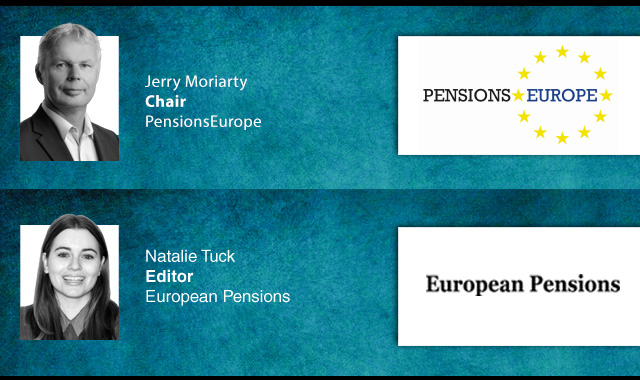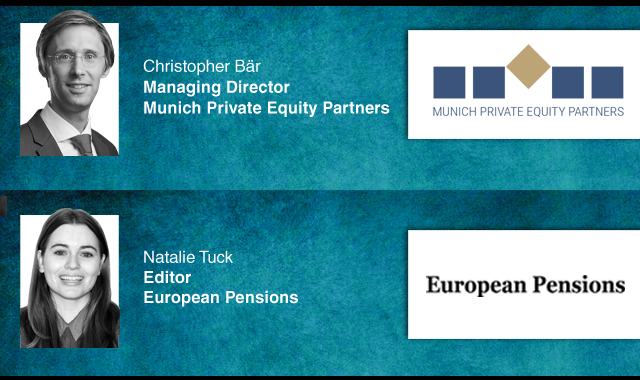Andrew Baker explains why institutional investors are increasing their allocations to hedge funds
Despite – or perhaps because of – the gravest financial crisis and the most extreme market volatility in living memory, pension funds and other institutional investors continue to allocate net new capital to hedge funds.
That much is clear from a raft of recent data. Net asset inflows are estimated by Hedge Fund Research to have been approximately $9 billion at the end of Q3 2011, marking the ninth consecutive quarter where the hedge fund industry has experienced net inflows from investors - with the inflow this year projected at $70 billion. If the current pace holds for the rest of the year — and consultants and hedge fund marketing executives predict it will — 2011 will be the second biggest year for hedge fund activity since 2004, according to Pensions & Investments’ analysis. For 2012, research by Preqin suggests that capital inflows from investors to hedge funds will also increase. These data together represent a strong endorsement of the hedge fund model. They show that pension funds and other customers are still buying the ‘product’.
There is a strong financial stability case for the industry: many academics say it is desirable for risk to be dispersed among comparatively small financial firms like hedge funds rather than being restricted to a small number of ‘too big to fail’ institutions. The ‘biodiversity’ that hedge funds provide actually helps to reduce systemic risk and thus prevent financial instability.
At one time, hedge fund investors were predominantly high net-worth individuals. But today well over half of the industry’s assets under management come from institutional investors such as pension funds, sovereign wealth funds, charities, insurance companies and university endowments. These are organisations with vital public-service roles - when hedge funds deliver strong investment returns, the value of pensions of ordinary citizens grows, new revenues for charities are generated, the cost of insurance premiums is lowered and universities find new cash for expansion.
Those organisations typically allocate only a small portion – say, five to 10 per cent - of their total assets to hedge funds and other alternative investment funds. But these are highly professional organisations who do considerable due diligence on the hedge fund managers they appoint. In short, they would not invest with hedge funds unless they were fully satisfied with risk management, compliance and corporate governance procedures at those managers.
These and other investors have had to embark on a learning curve, studying the merits of investing in hedge funds and other alternative investment funds – whether directly or indirectly via a fund of hedge funds. AIMA has sought to assist investors with an interest in hedge funds. In 2007 it established the Investor Steering Committee (ISC), whose role is to offer strategic and practical guidance to AIMA on its output.
The ISC has published two important guides to institutional investment in hedge funds. The first of these, AIMA’s Roadmap to Hedge Funds, was commissioned by the ISC and co-authored by Alexander Ineichen of Ineichen Research (then of UBS Global Asset Management) and co-authored by Kurt Silberstein, then of the California Public Employees Retirement System (CalPERS). Published in November 2008, the paper was the world’s first collaborative guide for institutional hedge fund investors.
Aimed at intermediate-level investors, the roadmap attempted to demystify the hedge fund industry and tackle the misconceptions on issues such as short-selling, fees, transparency and debunk the notion that hedge funds are risky, speculative and increase systemic risk. The roadmap also offered guidance on creating and managing a hedge fund portfolio and gave an in-depth view of hedge fund strategies in investment, valuation, leverage, liquidity and risk management.
The second ISC guide, A Guide to Institutional Investors’ Views and Preferences Regarding Hedge Fund Operational Infrastructures, was published in May of this year. This paper was written by several members of the ISC, and it reflected new preferences and priorities for institutional investors and investment allocations. The idea came from discussions within the ISC regarding a variety of public and private sector initiatives following the onset of the financial crisis. Of course, such initiatives include the increased regulatory oversight of hedge fund managers, but they also took account of a number of private sector initiatives driven by investors and designed to improve transparency, alignment of interests and fund governance.
In light of the ongoing institutionalisation of the industry and the growth of institutional investor participation, we hope that these papers, authored by some of the most influential investors and advisors in the industry, will be a useful reference guide to both investment managers and investors in hedge funds. Both the roadmap and the 2011 guide are available free on our website at www.aima.org.
Andrew Baker is chief executive officer for the AIMA
Latest News
-
Sweden’s FI closes investigation into Alecta's investments in US banks
-
Cross-border IORP activity remains stable in EEA, EIOPA report finds
-
DAV and IVS continue to see ‘lack of viable long-term vision’ in German pension reforms
-
Almost half of Swedish private-sector workers expect to work in retirement
-
Europe’s pension associations welcome IORP stress test results
-
AAE identifies ‘cross-cutting challenges’ of European pension tracking service
Podcast: Stepping up to the challenge

In the latest European Pensions podcast, Natalie Tuck talks to PensionsEurope chair, Jerry Moriarty, about his new role and the European pension policy agenda
Podcast: The benefits of private equity in pension fund portfolios

The outbreak of the Covid-19 pandemic, in which stock markets have seen increased volatility, combined with global low interest rates has led to alternative asset classes rising in popularity. Private equity is one of the top runners in this category, and for good reason.
In this podcast, Munich Private Equity Partners Managing Director, Christopher Bär, chats to European Pensions Editor, Natalie Tuck, about the benefits private equity investments can bring to pension fund portfolios and the best approach to take.
In this podcast, Munich Private Equity Partners Managing Director, Christopher Bär, chats to European Pensions Editor, Natalie Tuck, about the benefits private equity investments can bring to pension fund portfolios and the best approach to take.
Mitigating risk
BNP Paribas Asset Management’s head of pension solutions, Julien Halfon, discusses equity hedging with Laura Blows
© 2019 Perspective Publishing Privacy & Cookies







Recent Stories